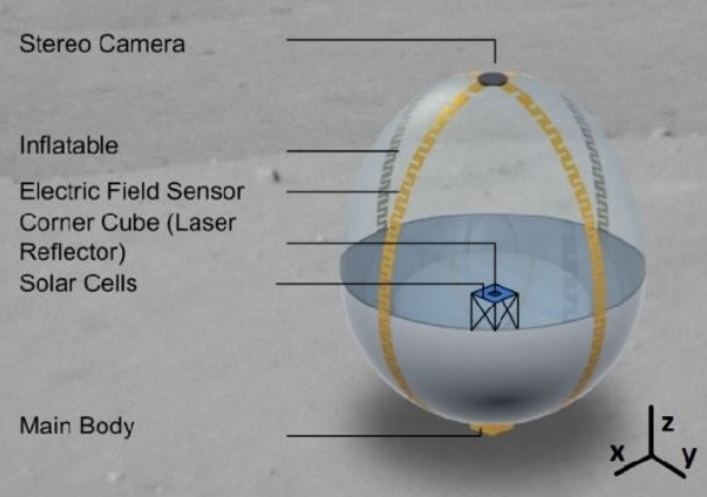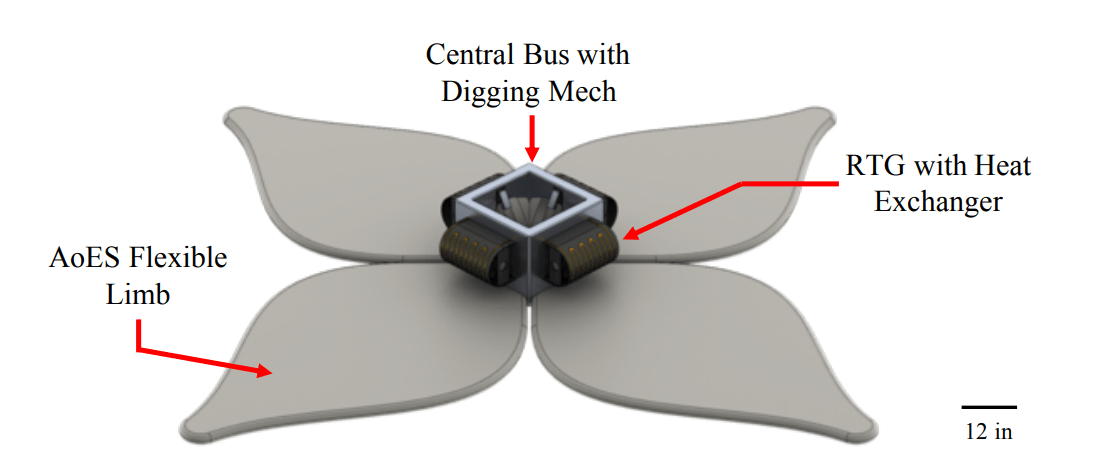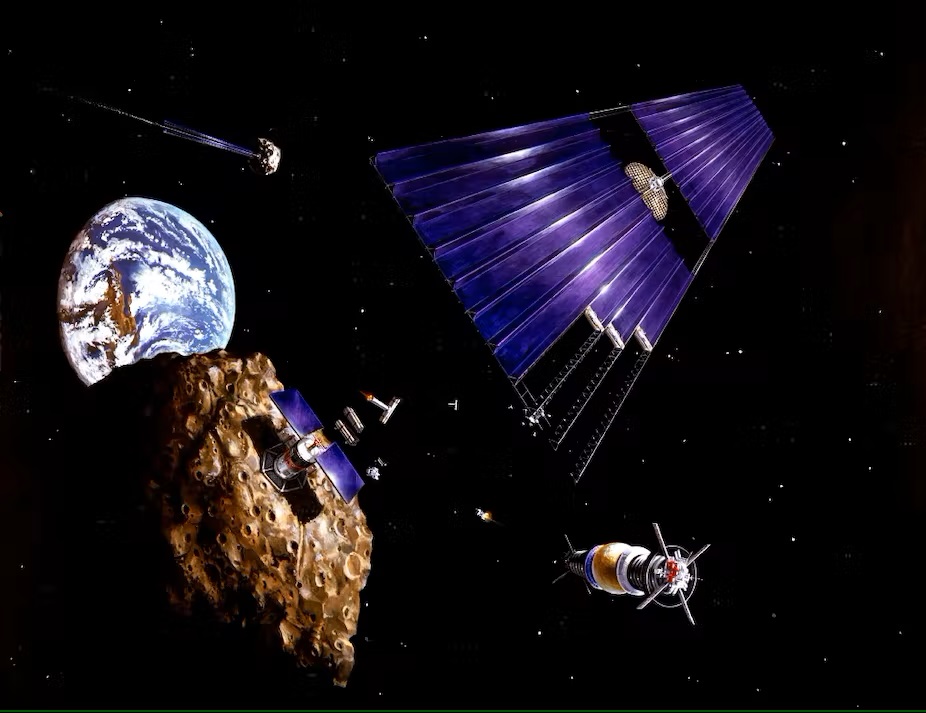Humanity has been on an asteroid-finding spree as of late. Those close to Earth, known as Near Earth Objects (NEOs), have been particularly interesting for two reasons. One is they offer potentially lucrative economic opportunities with asteroid mining. The other is they are potentially devastating if they hit the Earth, so we’d like to find them with some advance warning. Those that fall into the latter category are known as potentially hazardous asteroids, or PHAs. Now, thanks to some ingenious programmers from the University of Washington, we have a new algorithm to detect them.
Continue reading “Computer Algorithm Finds a “Potentially Hazardous” Asteroid”Need To Image An Asteroid Close Up? There’s an AMIGO For That.
There are so many asteroids. Just in our own backyard, we’ve found over 30,000 Near Earth asteroids. Exploring them using traditional methods and launching a custom-made mission, like Hayabusa or OSIRIS-REx, would almost certainly be cost-prohibitive. So how can we assess whether they would make good targets for early asteroid mining missions? Ground imaging can help, but there’s nothing like being on-site on one of these asteroids to get a sense of what they are made of. Those visits would be much easier if we mass-produced the Asteroid Mobile Imager and Geologic Observer (AMIGO).
Continue reading “Need To Image An Asteroid Close Up? There’s an AMIGO For That.”Engineers Design a Robot That Can Stick To, Crawl Along, and Sail Around Rubble Pile Asteroids
Asteroids come in many shapes and sizes. Most are spherical, though many have a feature that can make them difficult to land on – they are essentially just collections of rocks loosely bound together by gravity. In space exploration jargon, they are known as “rubble piles.” Many of the asteroids humanity has visited are considered rubble piles, including Itokawa and Dimorphos, the destinations for Hayabusa and DART, respectively. But, as the trials of the Philae spacecraft showed when it tried to meet up with the comet 67P/Churyumov-Gerasimenko, landing on these objects with very low surface gravity can be difficult. Enter a new concept from researchers at the University of Colorado, Boulder. Their idea, known as Area-of-Effect Softbots (AoES), could help future asteroid explorers, and even miners, overcome some of the challenges facing them at these small bodies.
Continue reading “Engineers Design a Robot That Can Stick To, Crawl Along, and Sail Around Rubble Pile Asteroids”DART Impact Ejected 37 Giant Boulders from Asteroid Dimorphos’ Surface
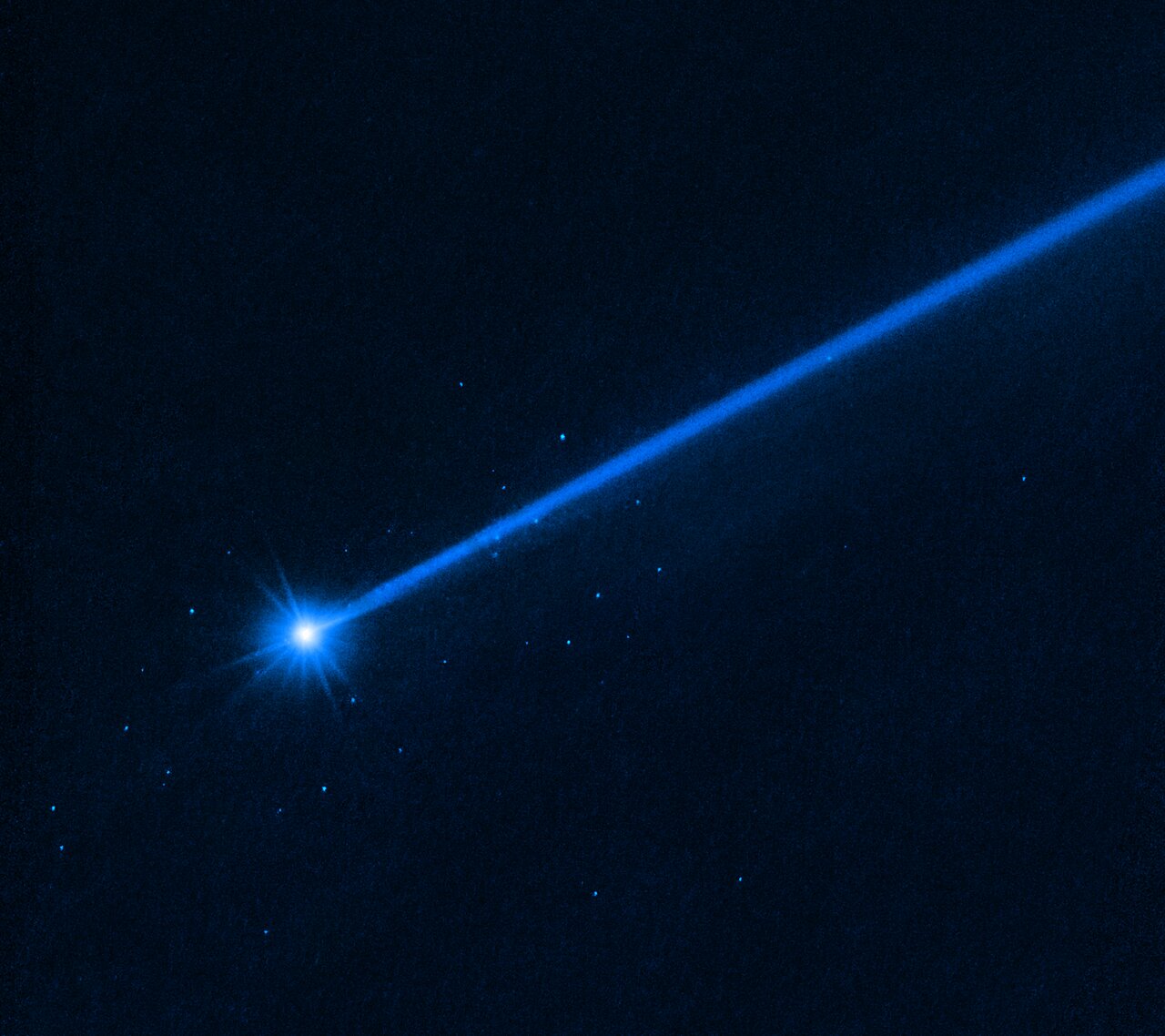
When the DART (Double Asteroid Redirection Test) spacecraft intentionally slammed into asteroid moonlet Dimorphos on September 26, 2022, telescopes around the world and those in space watched as it happened, and continued to monitor the aftermath.
Of course, the Hubble Space Telescope was focused on the event. In looking at Hubble’s images and data from post-impact, astronomers discovered 37 boulders that were ejected due to the impact. These boulders range in size from 1 meter (3 feet) to 6.7 meters (22 feet).
However, these boulders were not debris created by the spacecraft’s impact. Instead, they were boulders that were already on the surface of Dimorphos, and the impact event “shook” the boulders loose. A team of astronomers, led by David Jewitt and Yoonyoung Kim say in their paper detailing the findings that these boulders are some of the faintest objects ever imaged in the Solar System, only visible because of Hubble’s keen sensitivity. The images here showing the boulders surrounding Dimorphos were taken on December 19, 2022.
Continue reading “DART Impact Ejected 37 Giant Boulders from Asteroid Dimorphos’ Surface”If You’re Going to Visit Venus, Why Not Include an Asteroid Flyby Too?
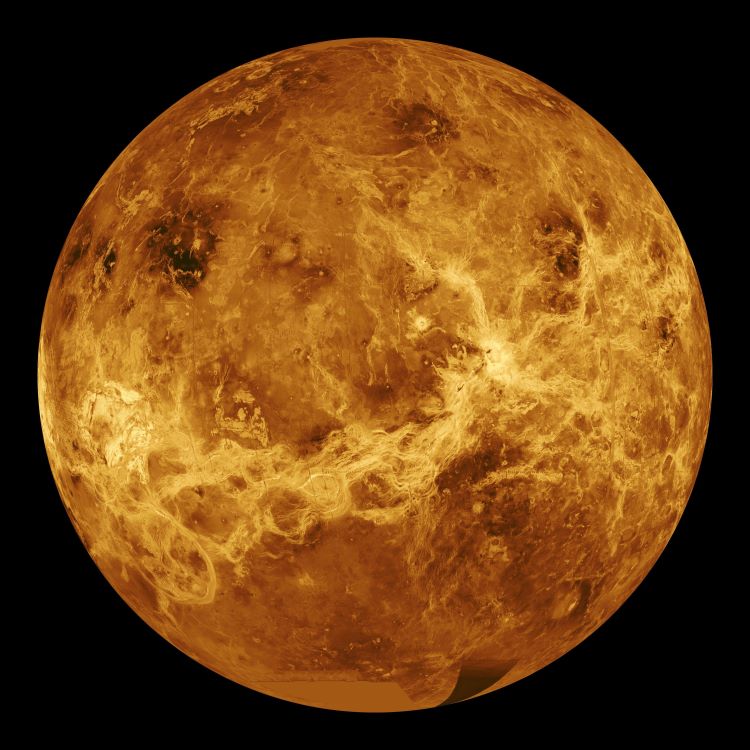
A recent study submitted to Acta Astronautica examines the prospect of designing a Venus mission flight plan that would involve visiting a nearby asteroid after performing a gravity assist maneuver at Venus but prior to final contact with the planet. The study was conducted by Vladislav Zubko, who is a researcher and PhD Candidate at the Space Research Institute of the Russian Academy of Science (RAS) and has experience studying potential flight plans to various planetary bodies throughout the solar system.
Continue reading “If You’re Going to Visit Venus, Why Not Include an Asteroid Flyby Too?”Want to be an asteroid miner? There’s a database for that.
Asteroid mining is slowly but surely coming closer to reality. Many start-ups and governmental agencies alike are getting in on the action. But plenty of tools that would help get this burgeoning industry off the ground are still unavailable. One that would be particularly useful is a list of potential candidate asteroids to visit. While the information has been available in various places, no one has yet combined it into a single, searchable database until now.
Continue reading “Want to be an asteroid miner? There’s a database for that.”Astronomers Prepare for the Next Thousand Years of Hazardous Asteroid Impacts
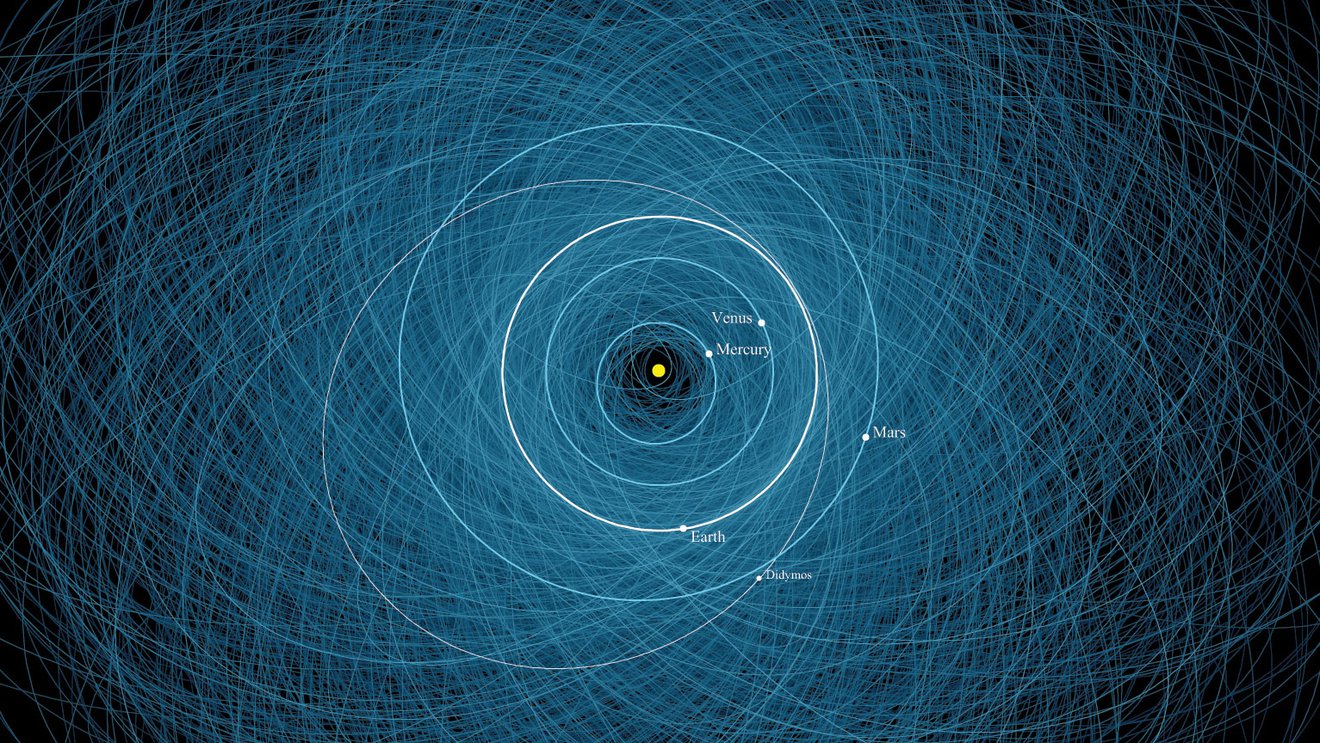
It is as inevitable as the rising of the Sun and the turning of the tides. Someday another large rock from space will crash into the Earth. It has happened for billions of years in the past and will continue to happen for billions of years into the future. So far humanity has been lucky, as we have not had to face such a catastrophic threat. But if we are to survive on this planet for the long term, we will have to come to terms with the reality of hazardous asteroids and prepare ourselves.
Continue reading “Astronomers Prepare for the Next Thousand Years of Hazardous Asteroid Impacts”Astronomers Want Your Help to Identify Risky Asteroids
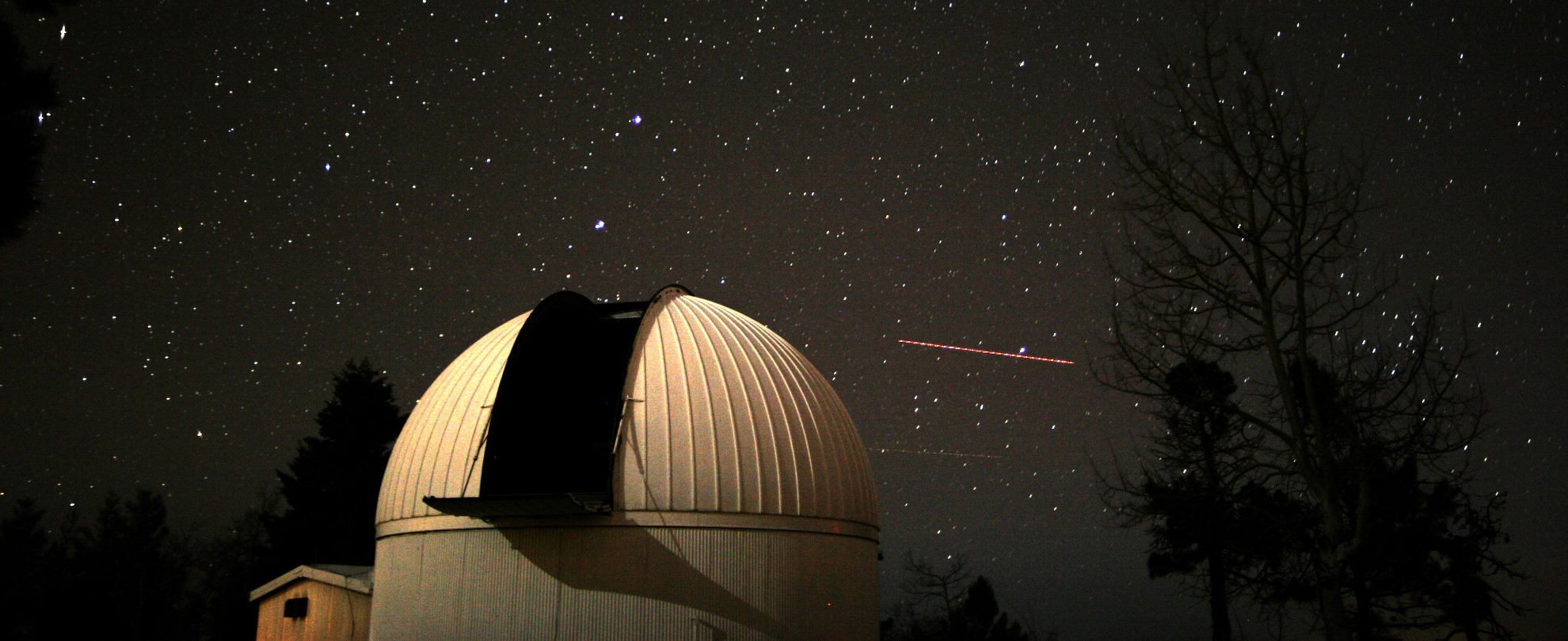
You, too, can be an asteroid hunter — thanks to a citizen-science project launched by the University of Arizona’s Lunar and Planetary Laboratory. And you might even get a scientific citation.
The project is enlisting human spotters to verify potential detections of space rocks moving through the field of view of the Catalina Sky Survey’s telescopes. The NASA-funded survey is charged with keeping track of more than a million asteroids, with a principal goal of identifying near-Earth objects that could pose a risk to our planet.
More than 14,400 near-Earth objects, or NEOs, have been discovered by the Catalina Sky Survey during the past 30 years, including 1,200 that were identified just in the past year. That adds up to nearly half of the known NEO population.
The problem is, astronomers know there are still lots of unknown asteroids out there — too many for them to spot without an assist from amateurs. “We take so many images of the sky each night that we cannot possibly look through all of our potential real asteroids,” Carson Fuls, a science engineering specialist for the Catalina Sky Survey, said in a NASA news release. That’s where the Daily Minor Planet can make a difference.
Continue reading “Astronomers Want Your Help to Identify Risky Asteroids”Is This Nearby Asteroid a Chunk of the Moon?
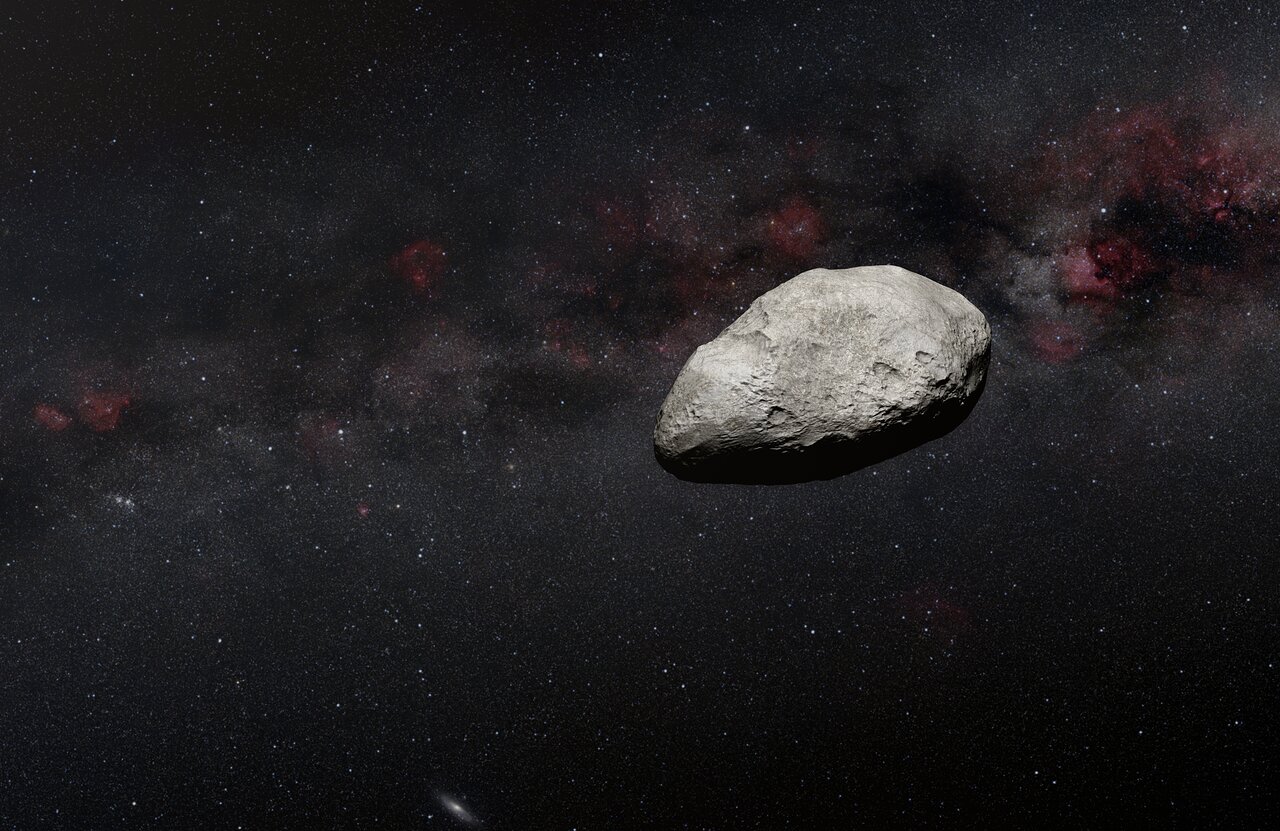
The Moon dominates our view of the night sky. But it’s not the only thing orbiting Earth. A small number of what scientists call quasi-satellites also orbit Earth.
One of them is called Kamo’oalewa, and it’s a near-Earth asteroid. It’s similar to the Moon in some respects. Could it be a chunk of the Moon?
Continue reading “Is This Nearby Asteroid a Chunk of the Moon?”Here's How NASA is Planning to Protect Earth From Asteroids and Comets

The large impact craters dotting our planet are powerful reminders that asteroids and comets strike the Earth from time to time. As often said, it’s not a question of “if”; it’s a matter of “when” our planet will face an impending strike from space. But an impact is one existential threat humanity is finally starting to take seriously and wrap its head around.
Seemingly spurred by the success of the Double Asteroid Redirection Test (DART), NASA just released a new planetary defense strategy and action plan, describing its efforts to find and identify potentially hazardous objects to provide an advanced warning, and then even push them off an impact trajectory.
This 10-year strategy looks to advance efforts to protect the Earth from a devastating encounter with a Near Earth asteroid or comet.
Continue reading “Here's How NASA is Planning to Protect Earth From Asteroids and Comets”

